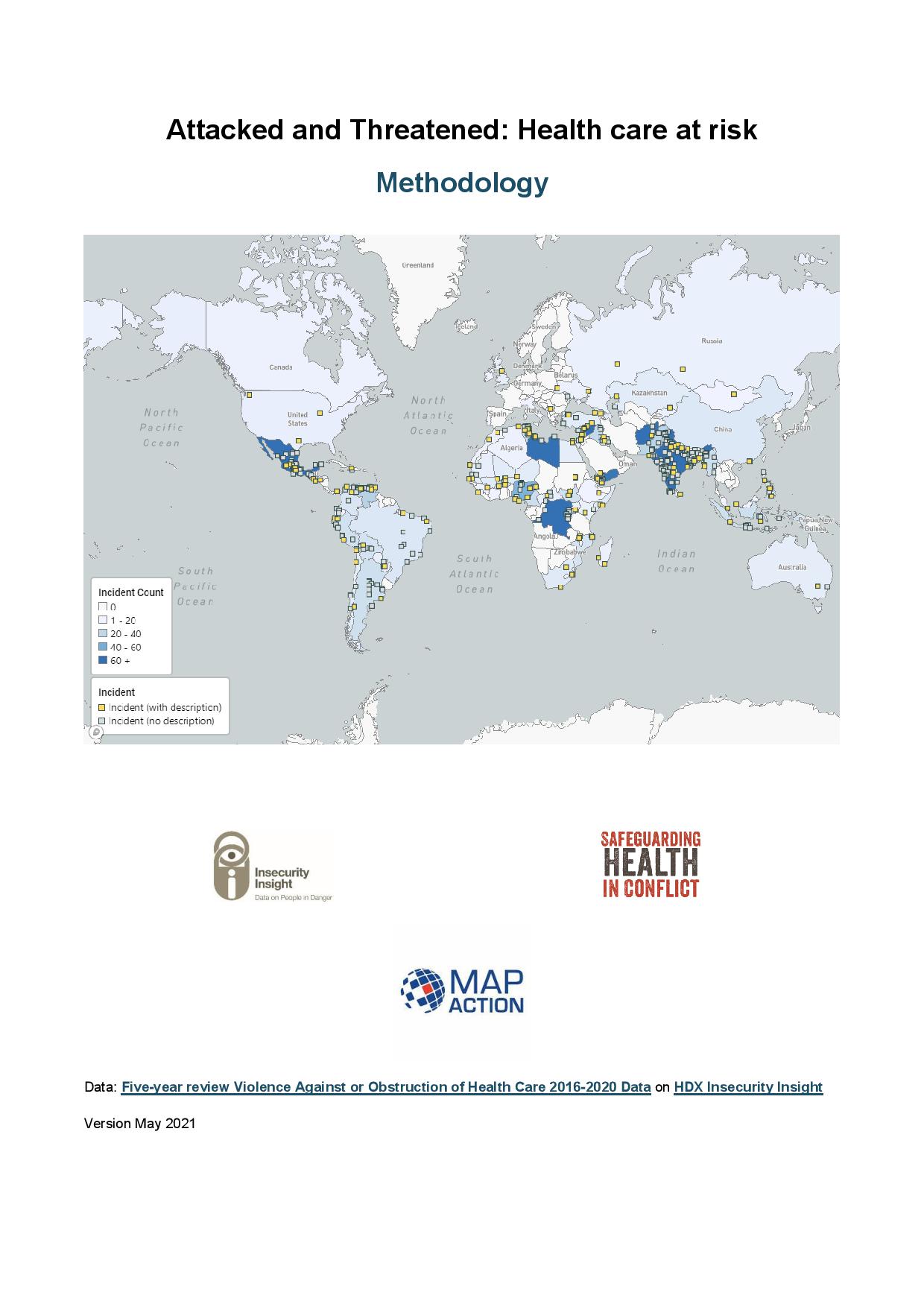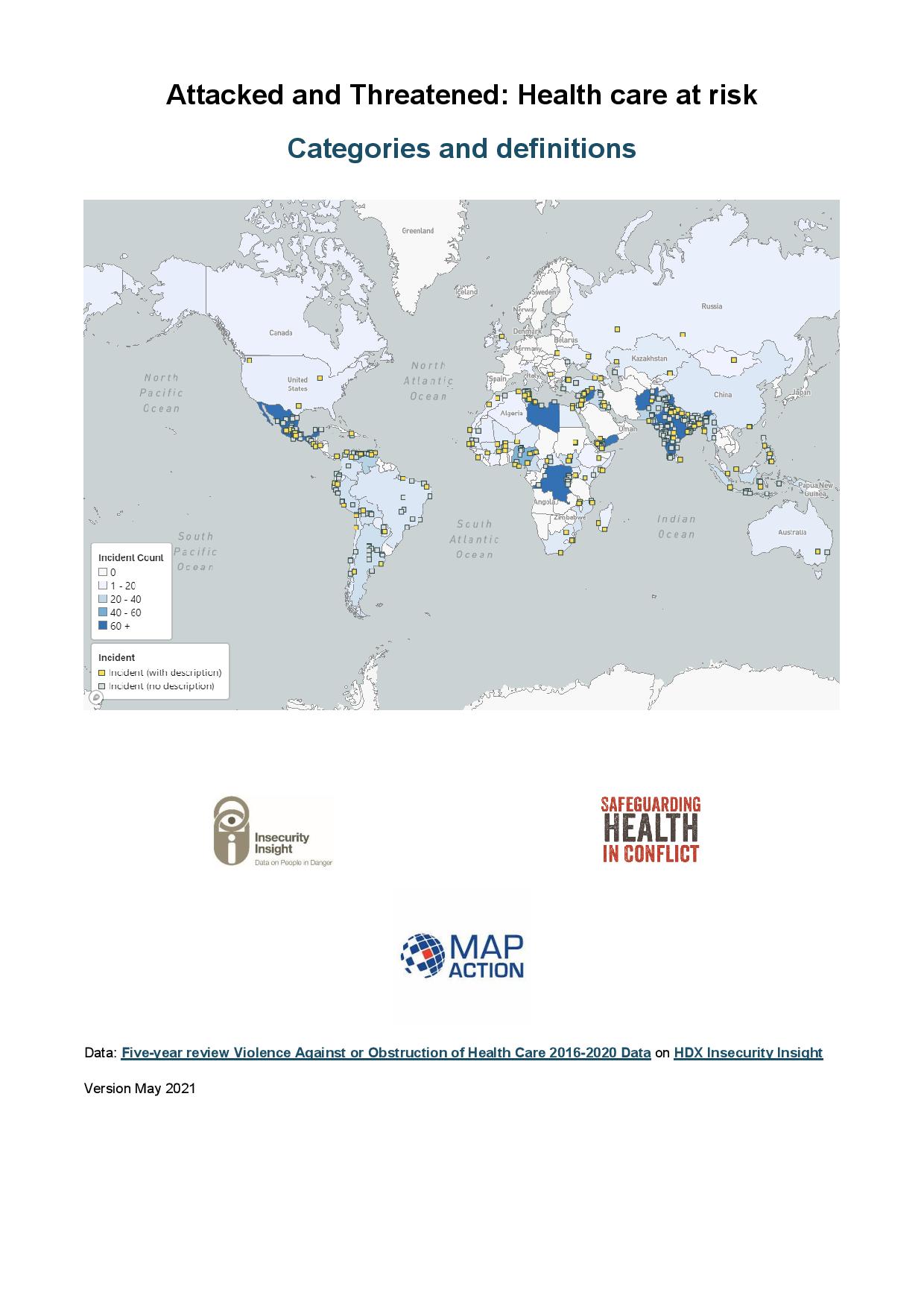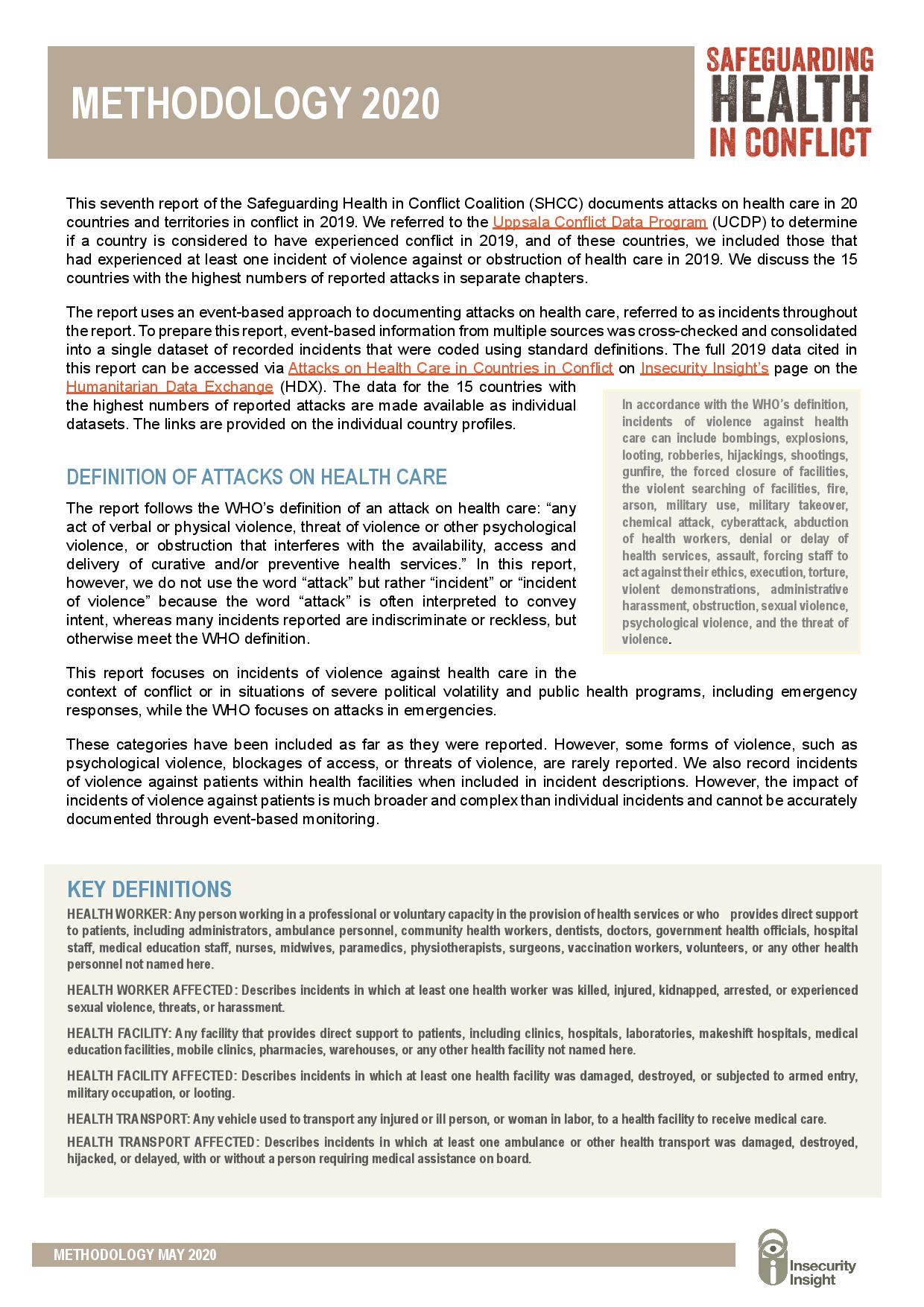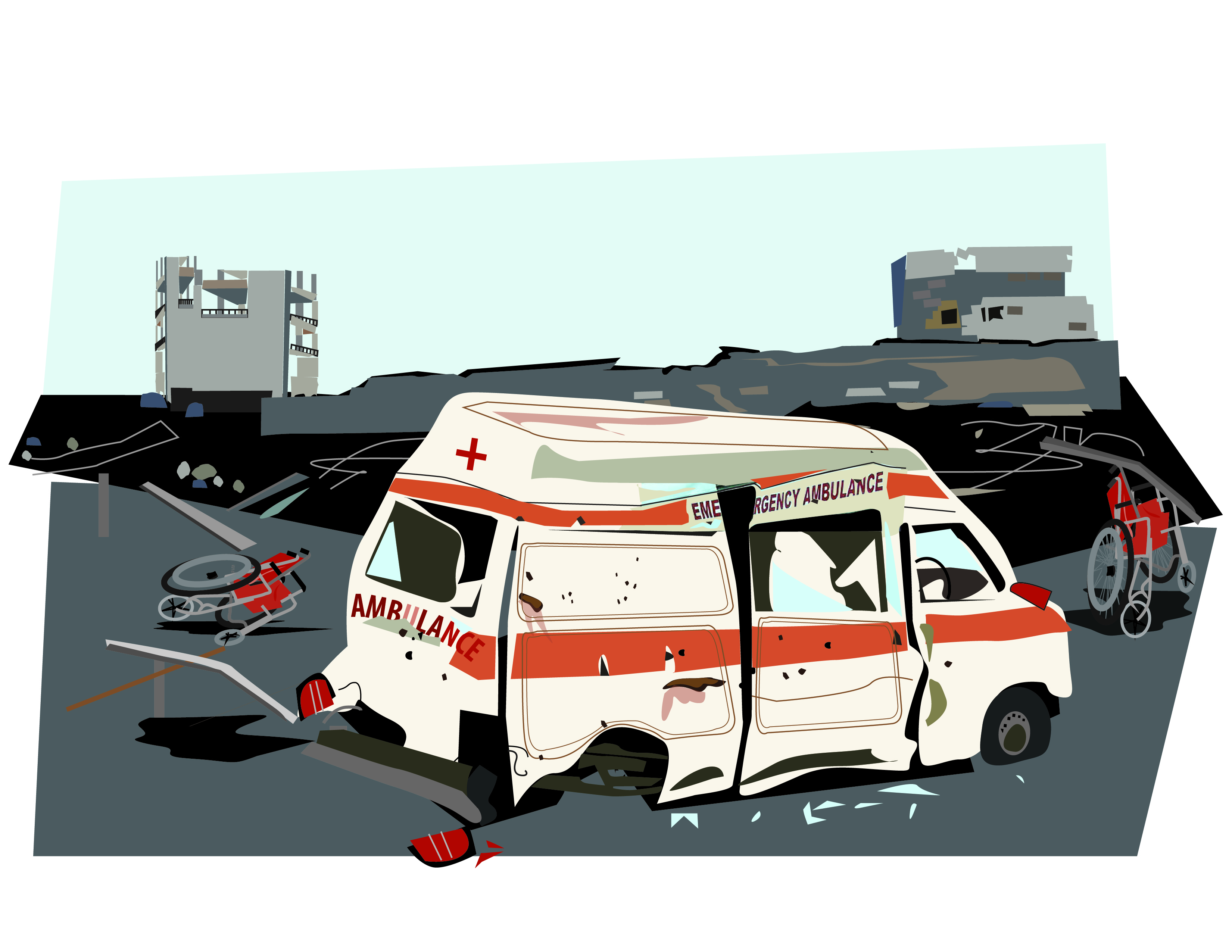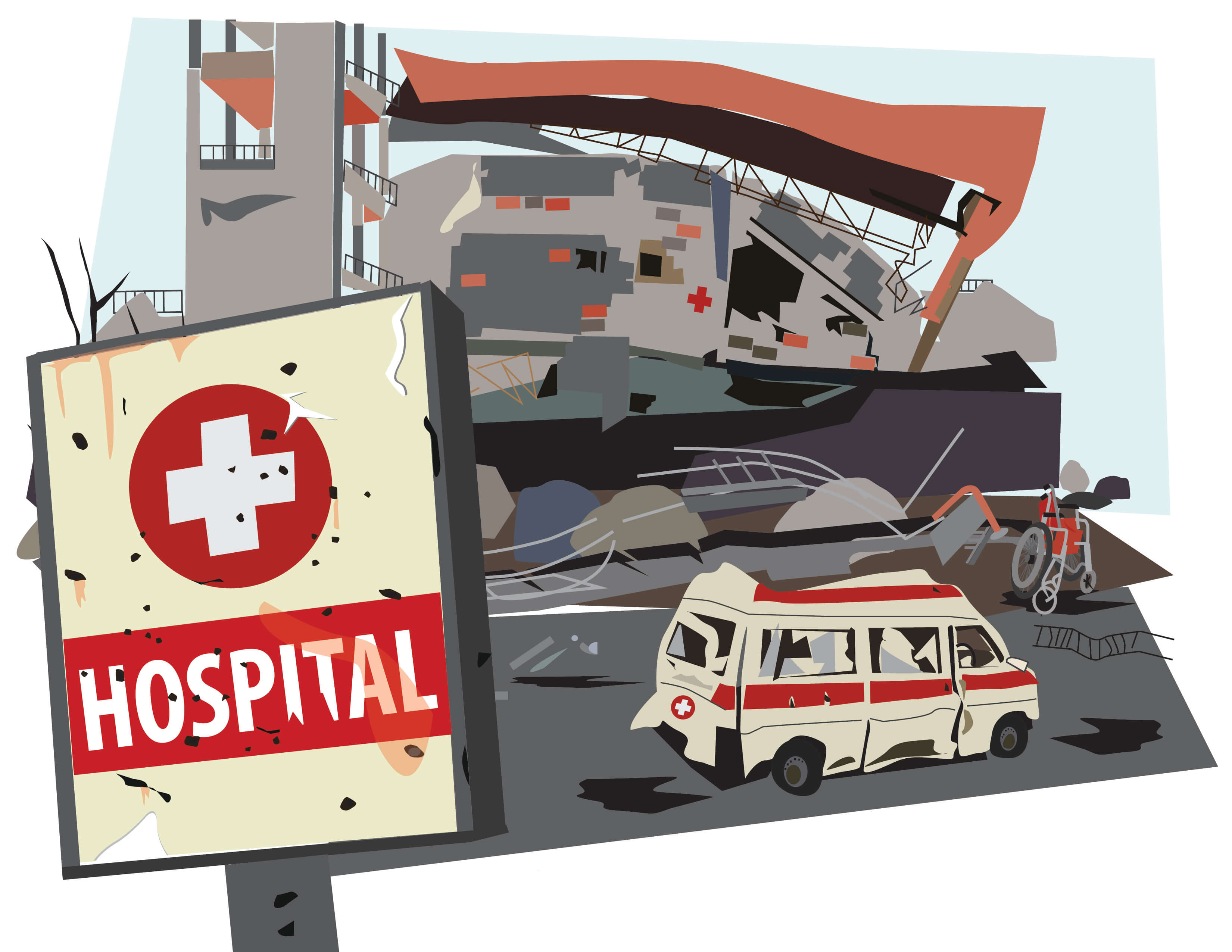Global Coalition to Protect Education from Attack (GCPEA)
The use threatened or actual use of force by state forces or non-state armed groups to target students, education personnel, or educational infrastructure or materials for political, military, ideological, sectarian, ethnic, or religious reasons. Attacks that clearly have criminal motivations, or that are perpetrated by lone wolf actors are not included.
GCPEA has six sub-categories of attacks on education:
Attacks on Schools: Targeted violent attacks or threats of violent attack on primary or secondary school infrastructure, or collateral damage to that infrastructure due to indiscriminate fighting or attacks. Examples include arson, explosive attacks, airstrikes, shelling, or crossfire.
Attacks on Students, Teachers, and other Education Personnel: Targeted violent attacks or threats of attack on primary or secondary school students or educators, which take place in school settings or on the way to or from school, or otherwise target these individuals for education-related reasons. Also included are cases in which repression to silence students or education personnel in the context of education (e.g. in school settings or in the case that they are protesting education-related issues). Examples include targeted killings, injuries, torture, abductions, forced disappearances, or threats of violence
Military Use of Schools or Universities: Cases in which armed forces or non-state armed groups occupy schools and use them for purposes that support a military effort, such as bases, barracks, and temporary shelters for those associated with fighting forces; for fighting positions, weapons storage facilities, and detention and interrogation centers; and for military training or drilling soldiers.
Child Recruitment at, or en route to or from, School: Cases in which state forces forcibly recruit children from their schools or school routes in violation of international standards, or cases in which non-state armed groups use schools or school routes as locales for recruiting girls and boys in violation of international standards. Children may be recruited as fighters, spies, or intelligence sources; for domestic work; to transport weapons or other materials; or for any other purposes associated with the armed group.
Sexual Violence by Armed Parties at, or en route to or from, School or University: Cases in which state security forces or non-state armed groups rape, sexually harass, or abuse students or educators; abduct students or educators for sexual purposes; recruit students or educators to serve a sexual function in an armed force or armed group; or threaten to engage in such conduct.
Attacks on Higher Education: Targeted violent attacks or threats of violent attack on higher education infrastructure or collateral damage to that infrastructure due to indiscriminate fighting or attacks. Also includes targeted violent attacks or threats of attack targeted university students, professors, or personnel, as well as cases in which repression is used to students or education personnel in the context of education.
Education Personnel: Anyone working professionally in the education system, or volunteering at any level of the education system, including teachers, academics, education support and transport staff (e.g., education administrators, janitors, bus drivers, librarians), or education officials.
Educational Facilities and Materials: Any facility providing education or resource which is used to support the educational process, including kindergartens, schools, universities, technical and vocational education training institutes, textbook and school warehouse facilities, vehicles carrying school supplies, school buses, etc.
